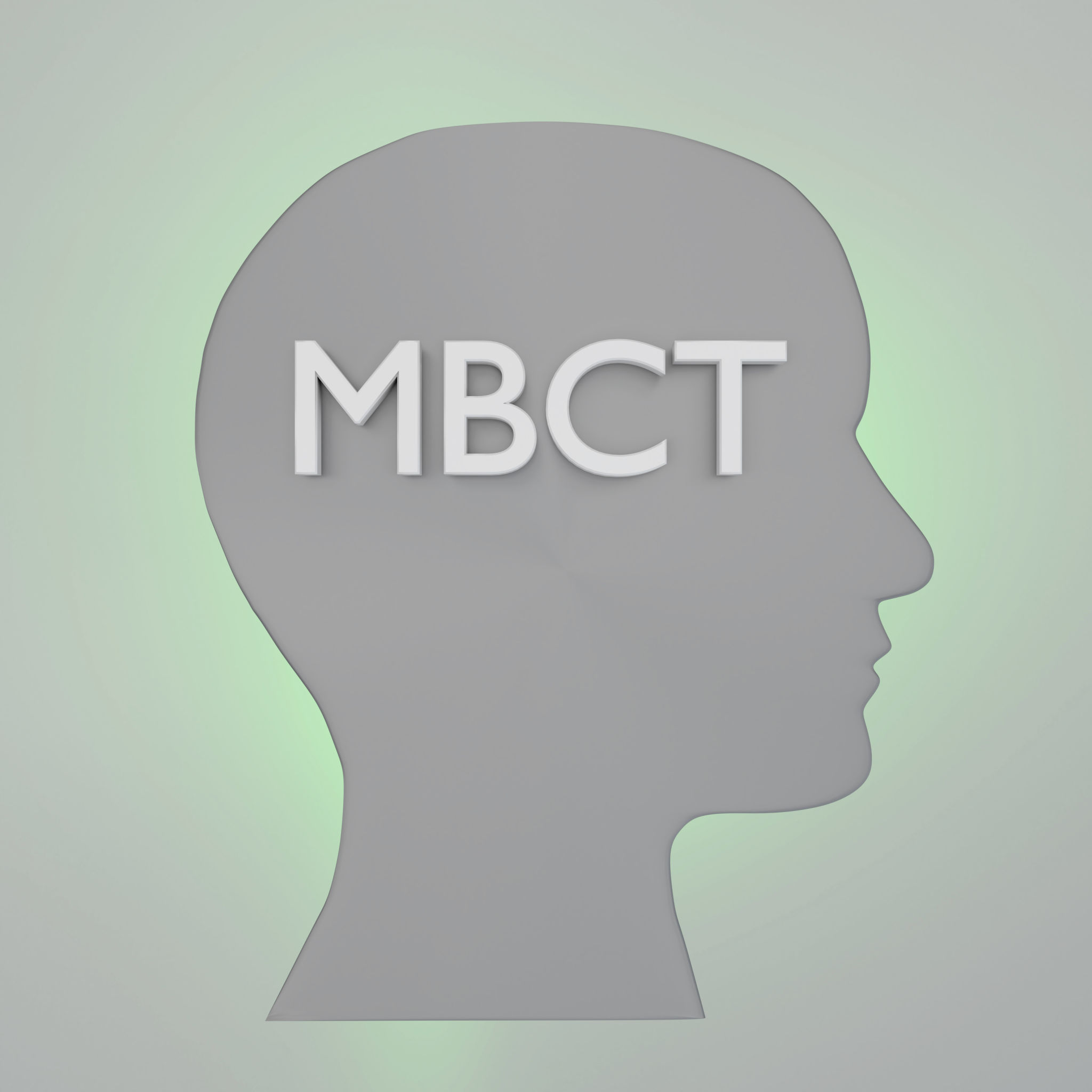DIY CBT Techniques for Everyday Mental Health Maintenance
Understanding CBT: A Brief Overview
Cognitive Behavioral Therapy (CBT) is a widely recognized approach that helps individuals manage their mental health by changing negative thought patterns and behaviors. Originally developed for clinical settings, its principles can be applied in everyday life to enhance mental well-being. Embracing CBT techniques can empower you to take charge of your mental health without the need for constant professional intervention.

Identifying Negative Thought Patterns
A fundamental aspect of CBT is recognizing and challenging negative thoughts. Begin by identifying common cognitive distortions such as "all-or-nothing thinking," "overgeneralization," and "catastrophizing." Once identified, question these thoughts by asking yourself if they are based on facts or assumptions. This practice can help you replace negative beliefs with more balanced perspectives.
For example, if you find yourself thinking, "I always mess things up," pause and reflect on instances where you succeeded. Recognizing these patterns allows you to reshape your mindset and reduce the emotional impact of negative thoughts.
Practicing Mindfulness and Relaxation
Mindfulness is a powerful tool in CBT that encourages staying present in the moment. By focusing on your breath and surroundings, you can reduce stress and anxiety. Incorporate mindfulness practices, such as deep breathing exercises or short meditation sessions, into your daily routine.
Additionally, relaxation techniques like progressive muscle relaxation can help alleviate tension. By systematically tensing and relaxing different muscle groups, you can cultivate a sense of calm and improve your overall mental state.

Setting Realistic Goals
Goal-setting is another essential component of CBT. Start by establishing small, achievable goals that align with your values and aspirations. Break down larger tasks into manageable steps to avoid feeling overwhelmed. Celebrate your accomplishments, no matter how minor they seem, as this will boost your confidence and motivation.
Consider using the SMART criteria—Specific, Measurable, Achievable, Relevant, and Time-bound—to ensure your goals are well-defined and attainable. This structured approach can guide you toward consistent progress.
Utilizing Journaling for Self-Reflection
Journaling is an effective way to gain insight into your thoughts and emotions. By regularly writing about your experiences, you can track patterns, identify triggers, and explore solutions. Reflecting on past entries may reveal growth and highlight areas that still require attention.

When journaling, consider using prompts such as "What am I grateful for today?" or "What challenges did I face and how did I overcome them?" This practice not only enhances self-awareness but also fosters a sense of gratitude and resilience.
Building a Supportive Environment
Your environment plays a significant role in maintaining mental health. Surround yourself with supportive individuals who encourage positive change. Engaging in open conversations about mental health can reduce stigma and create a network of understanding friends or family members.
Participate in community activities or support groups where you can connect with others facing similar challenges. A strong support system can provide encouragement and accountability as you incorporate these CBT techniques into your daily life.
Conclusion: Embracing CBT for Mental Health Maintenance
DIY CBT techniques offer practical strategies for everyday mental health maintenance. By identifying negative thought patterns, practicing mindfulness, setting realistic goals, journaling, and building a supportive environment, you can take proactive steps toward enhancing your mental well-being. Remember that while these techniques are beneficial, seeking professional help is important if you're experiencing persistent mental health challenges.
